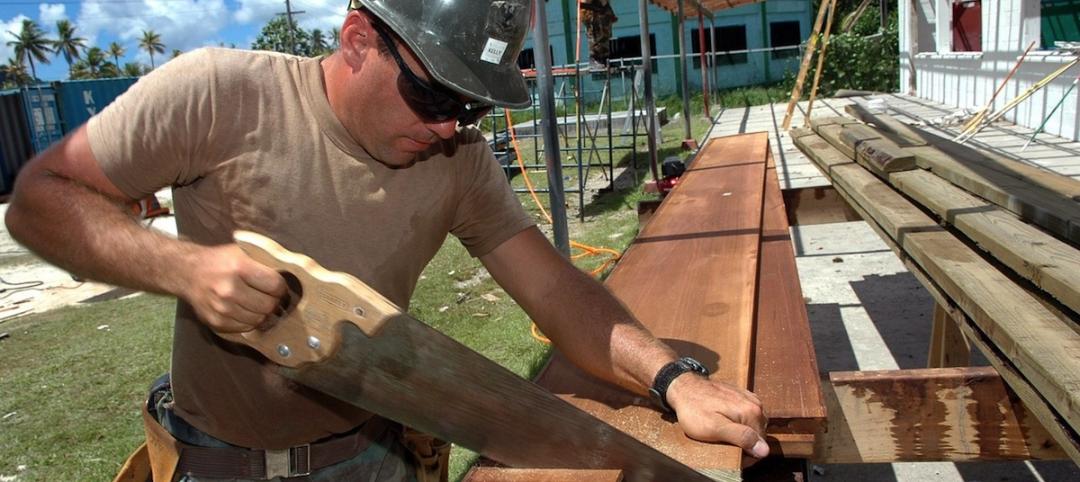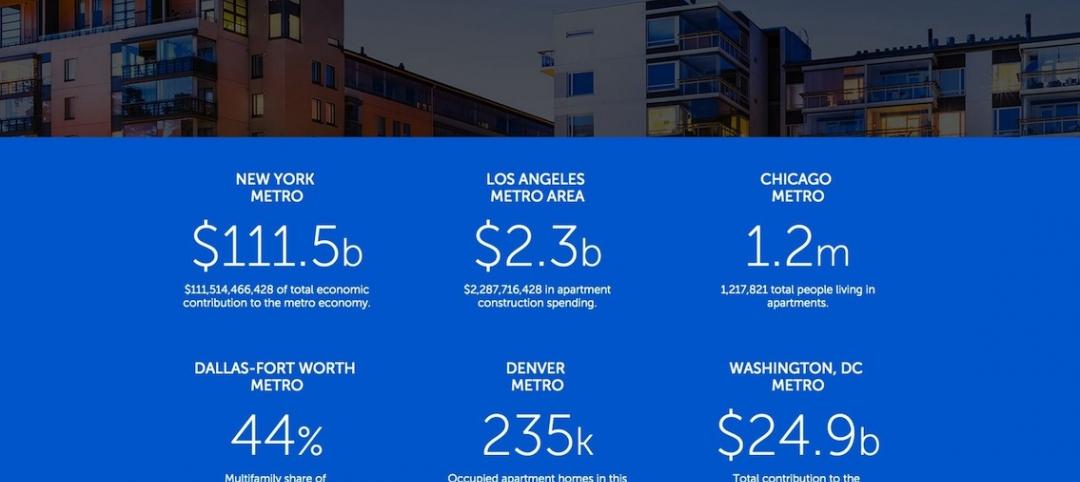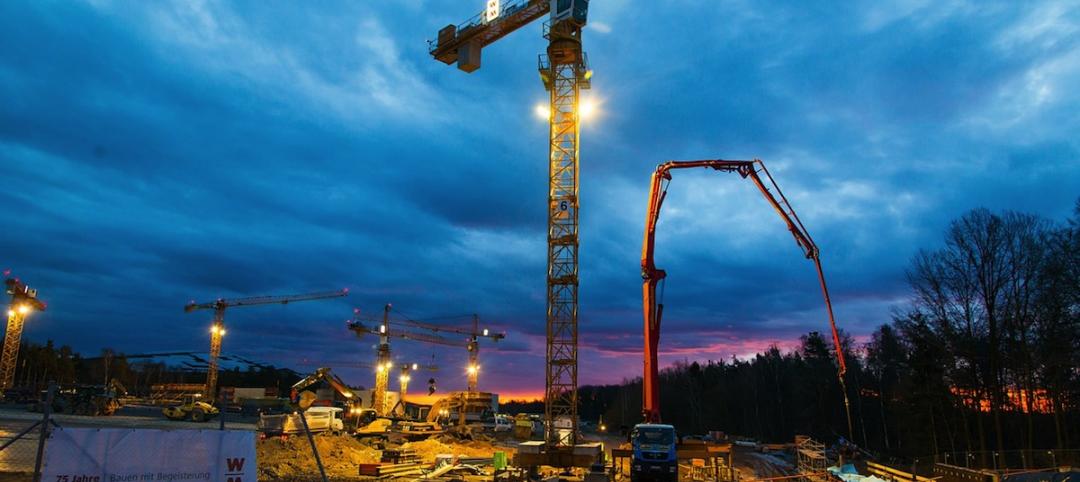The U.S. Green Building Council (USGBC) has announced the results of a study of job postings from across the United States, revealing that demand for the LEED Accredited Professional (LEED AP) and LEED Green Associate credentials grew 46 percent over a 12-month period.
“This figure tells a powerful story about the value that building-industry employers assign to knowledgeable, LEED-credentialed professionals,” said Rick Fedrizzi, president, CEO and founding chair, USGBC. “LEED is a transformative force within the building sector, and every day, our network of more than 197,000 LEED APs and Green Associates are helping to advance the industry and push building projects to new heights of performance and resource efficiency.”
The study, conducted by USGBC education partner Pearson, using data provided by Burning Glass, found a total of 9,033 U.S. job postings from March 2013 to February 2014 that required a LEED credential. Top fields being advertised included available positions in mechanical, electrical and civil engineering; construction management; architecture; software development; sales management; property management; and interior design, among others.
A secondary 90-day study conducted by Pearson, again using data provided by Burning Glass, from January 2014 to March 2014 of 2,354 U.S. green-building related positions also found LEED as the skill in highest demand by a wide margin. LEED appeared in 59 percent of all postings, compared to the second-most-required skill, which appeared in 17 percent of the postings.
Related Stories
Sponsored | Roofing | May 11, 2015
How architects can tap into the expertise of their metal roof manufacturer, part 2
Here are three things metal roof manufacturers can do to help the architect
BIM and Information Technology | May 10, 2015
How beacons will change architecture
Indoor positioning is right around the corner. Here is why it matters.
Architects | May 10, 2015
Harness the connection between managing risk and increasing profitability, Part 2
In Part 1, we covered taking control of the submittals schedule and managing RFIs. Let’s move on to properly allocating substitutions and limiting change orders.
Architects | May 10, 2015
Harness the connection between managing risk and increasing profitability, Part 1
AE firms need to protect themselves against vague contractual and procedural situations during all phases of the project in order to minimize their liability and exposure to risk, writes AEC industry consultant Steve Whitehorn.
Building Team | May 8, 2015
Construction industry adds 45,000 jobs in April
The construction industry saw an increase in jobs during the month of April after losing approximately 9,000 positions in March.
Building Team | May 8, 2015
Surety bond forms specifically for design-build projects now available
The documents are the first of their kind to be coauthored by designers and builders.
High-rise Construction | May 6, 2015
Parks in the sky? Subterranean bike paths? Meet the livable city, designed in 3D
Today’s great cities must be resilient—and open—to many things, including the influx of humanity, writes Gensler co-CEO Andy Cohen.
Architects | May 5, 2015
How to build 'smart' teams
In today's complex world, there are no simple answers—solutions to our most pressing problems aren't offered in 140 characters. Instead, it takes teams of people to rise to a challenge, resolve issues, and execute on strategy, writes Paladino's Julie Honeywell.
Multifamily Housing | May 1, 2015
Trade groups extend campaign to promote apartment living
The groups claim that there are more than 37 million Americans—12% of the population—living in just under 20 million apartment units nationwide. Apartments and their residents contribute $1.3 trillion annually to the economy.
Contractors | May 1, 2015
Nonresidential fixed investments fall in latest Construction Economic Update
This is the first time that nonresidential fixed investment declined since the first quarter of 2011, ABC reported. Nonresidential fixed investment had been rising by more than 4% on an annualized basis during five of the previous six quarters.

















